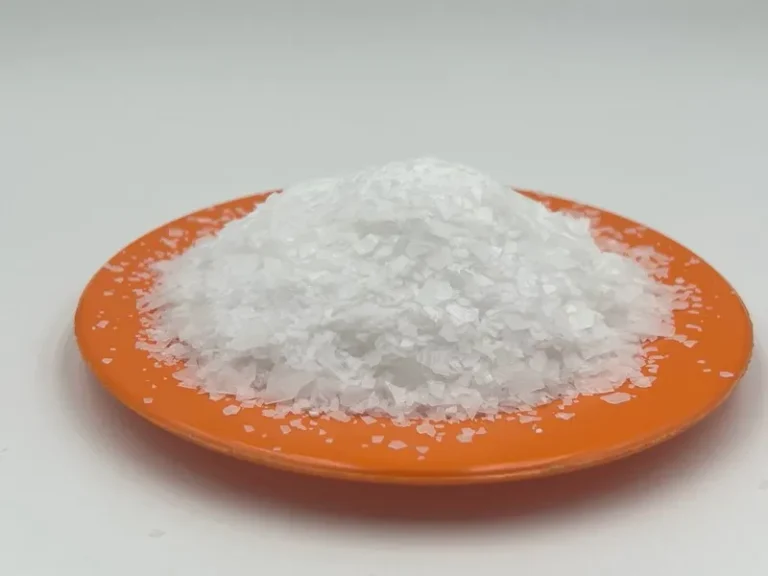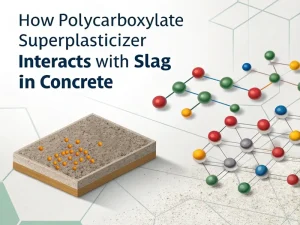Blog

Selecting appropriate additives can significantly affect durability, strength, and overall performance when dealing with concrete. EPEG 3000 is a highly regarded product in the construction industry, a specialized chemical used for concrete applications. This guide will explain its advantages, applications, and best practices for achieving optimal results.
EPEG 3000 (ethoxylated polyethylene glycol 3000) is a polymer compound primarily used to produce polycarboxylate superplasticizers (PCE). Superplasticizers are crucial in modern concrete formulations as they can improve workability, reduce moisture content, and enhance concrete’s overall strength.
EPEG 3000, used for concrete, is a raw material for producing high-performance concrete admixtures. It plays a crucial role in improving the fluidity of concrete, reducing the water-cement ratio, and increasing the control of setting time.
Concrete made with EPEG 3000 has a lower shrinkage rate and minimizes cracks and structural weaknesses over time.
By improving the bond strength between cement particles and aggregates, it has increased flexural strength by 30%, which is crucial for road surfaces and load-bearing structures.
Efficient water-reducing agent integration: It is applied in conjunction with polycarboxylate ether (PCE), a high-efficiency water-reducing agent, to reduce water demand by 20-30% while maintaining slump, thereby achieving high-strength mixtures with low cement content.
Enhanced fluidity: It is an ideal choice for self-comforting concrete (SCC), which can minimize segregation and bleeding and ensure uniform density in complex formwork.
The polymer matrix of EPEG 3000 can resist the infiltration of sulfates and chlorides, extending the lifespan of marine and industrial structures.
Using EPEG 3000 in concrete can reduce cement consumption, lower carbon dioxide emissions, and make buildings more environmentally friendly.
| Property | Specifications |
|---|---|
| Dosage Range | 0.3–1.5% by cement weight |
| Compressive Strength | 28-day: 50–80 MPa (adjustable) |
| Fiber Length | 30 mm (optimized for dispersion) |
| Thermal Stability | -20°C to 85°C |
| pH Range | 7–9 (non-corrosive to rebar) |
It is widely used in various industries, including:
High-rise buildings – ensure that skyscrapers are made of durable and high-strength concrete.
Infrastructure projects are ideal for bridges, tunnels, and highways requiring persistent structural integrity.
Prefabricated concrete manufacturing improves the quality and consistency of precast components, such as beams, slabs, and panels.
Industrial flooring: Improve the durability and wear resistance of concrete flooring in warehouses and factories.
EPEG 3000 plays a crucial role in modern concrete applications, especially in the formulation of high-performance and efficient water-reducing agents. By using this for concrete, contractors and engineers can achieve more substantial, durable, and sustainable structures.
If you are in the construction industry and looking to enhance concrete formulations, consider adopting a solution based on EPEG 3000 to improve performance and efficiency.

How Polycarboxylate Polyether Monomer Affect Concrete Performance
Blog How Polycarboxylate

How Polycarboxylate Superplasticizer Interacts With Slag In Concrete
Blog How Polycarboxylate